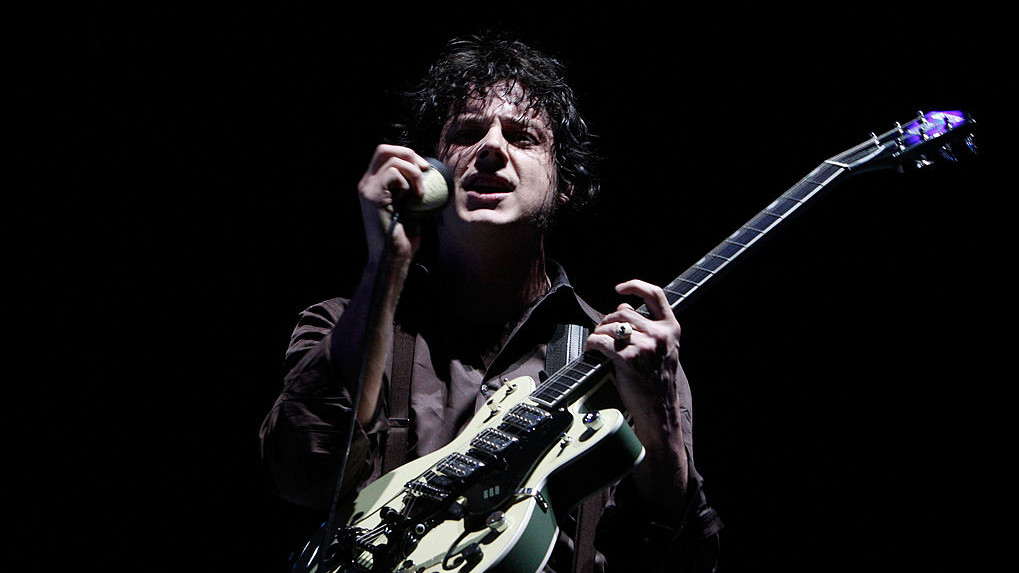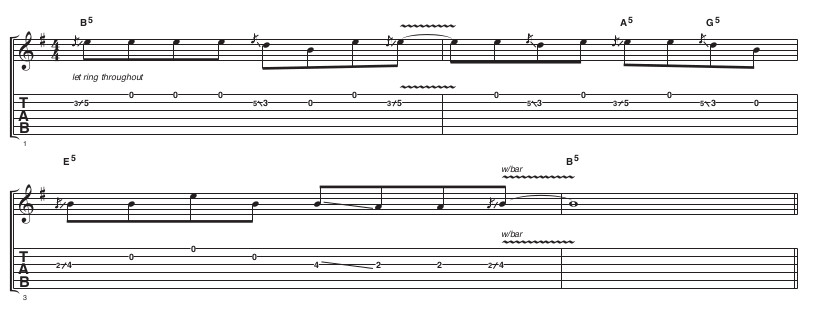5 guitar tricks you can learn from Jack White
We take a look at his work with The Raconteurs

Originally a drummer, Jack White took up the guitar as a teenager, inspired by early blues pioneers Son House, Blind Willie McTell and dialling into bands that these greats had themselves influenced - The Doors, Led Zeppelin, Pink Floyd and so on.
Although his breakthrough came with garage rock revival act The White Stripes, Jack has seen success as a solo artist and as a member of both The Dead Weather and The Raconteurs. And, with new material from The Raconteurs in 2019, what better time to look at this element of Jack’s playing style?
The four-piece Raconteurs lineup gives a fuller sound than The White Stripes duo; with Brendan Benson accompanying, Jack’s parts are carefully composed to complement the two-guitar arrangements. There’s a heavy blues influence throughout, so the minor pentatonic scale is an essential part of both riffing and Jack’s loose, relaxed soloing.
Typically, Jack plays his Parsons Triple Jet guitar with The Raconteurs. Essentially this is a Gretsch Double Jet with a third pickup added and an MXR Micro Amp installed inside the guitar, which makes it a unique design - and that means you’ll need to get creative to get close to Jack’s tone. Opt for a humbucker-equipped guitar, use some fuzz distortion and spring reverb, then tweak the tone to taste.
1. Shade of pick

Although this is technically simple to play, it’s all about how you deliver the line. Note the subtle touches of vibrato and that the notes ring together at times. In short, don't try to play too tidily and make sure you pick firmly and confidently! Jack will often play licks like this with a hefty picking attack.
2. Steady, as you go

Starting with a held re‐picked bend, this idea stays in the same territory, but is slightly more complex in terms of phrasing, bringing in a triplet in bar 3. The vibrato is fairly fast and shallow here, but note that Jack does mix up his vibrato style, ranging from slow to fast and with varying amounts of pitch ‘wobble’.
3. Bends and vibrato

Turning things up another notch, these repeated bends feature some fairly rapid finger vibrato. Watch for details like vibrato, quarter‐tone bends and notes that are connected across two bars. All of these contribute to the overall bluesy feel.
Get the MusicRadar Newsletter
Want all the hottest music and gear news, reviews, deals, features and more, direct to your inbox? Sign up here.
4. Whammy bar vibrato

Vibrato, triplets, bends and notes allowed to ring together all shape the feel and sound of this phrase. Also note the vibrato ‘w/bar’ at the end. This is by no means essential, but Jack does occasionally use his guitar’s whammy bars - sometimes quite aggressively.
5. Traditional blues influences

A very traditional blues idea, this phrase makes use of the texture created when open and fretted strings are allowed to ring together with a distorted tone. A phrase like this can be played with relative abandon. It’s easy to expand on the idea with a run through the E minor pentatonic scale.
“Its mission is simple: unleash the power of any amplifier or line-level source without compromise”: Two Notes promises a “watershed” in tube amp control with the Torpedo Reload II
MusicRadar deals of the week: Enjoy a mind-blowing $600 off a full-fat Gibson Les Paul, £500 off Kirk Hammett's Epiphone Greeny, and so much more









